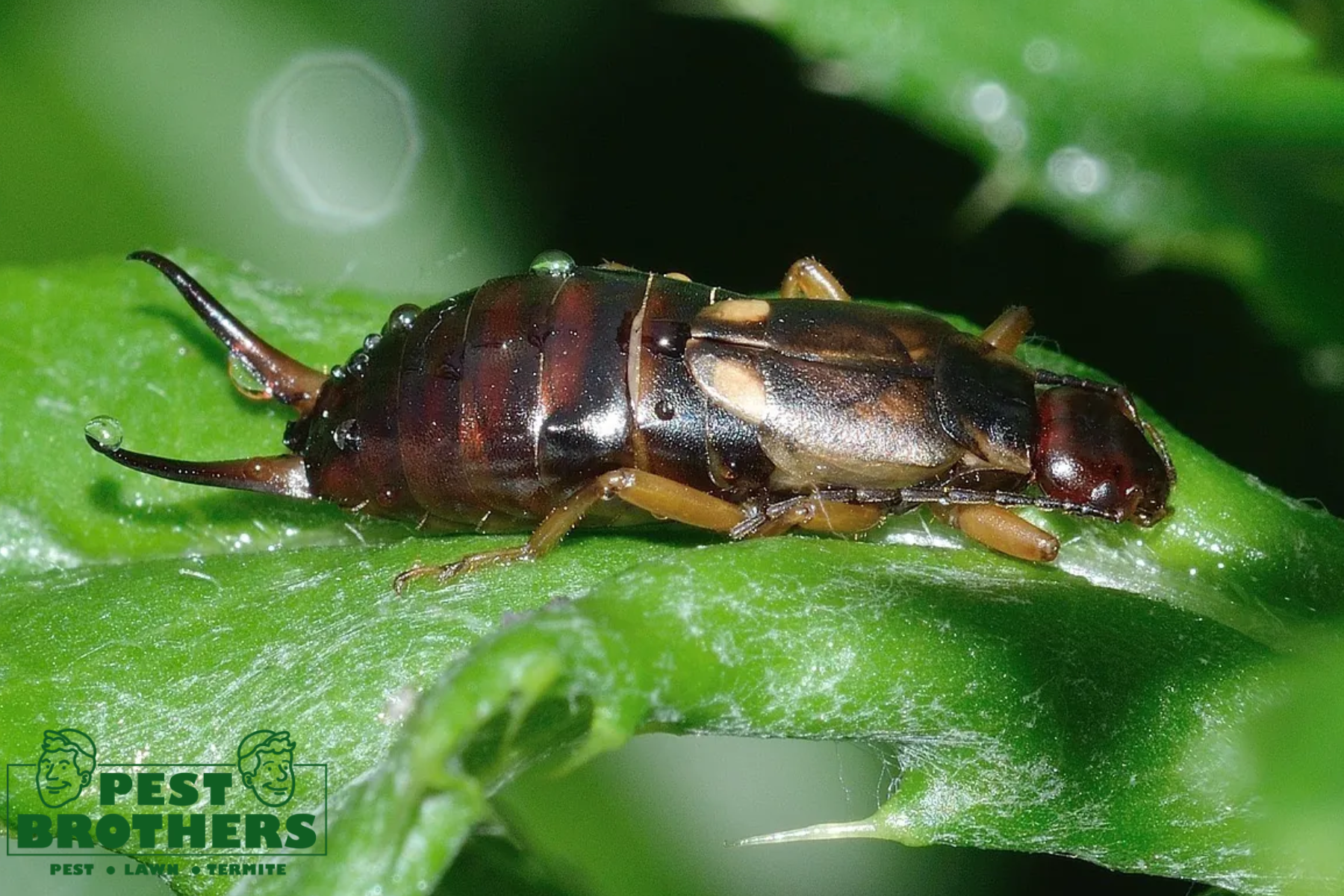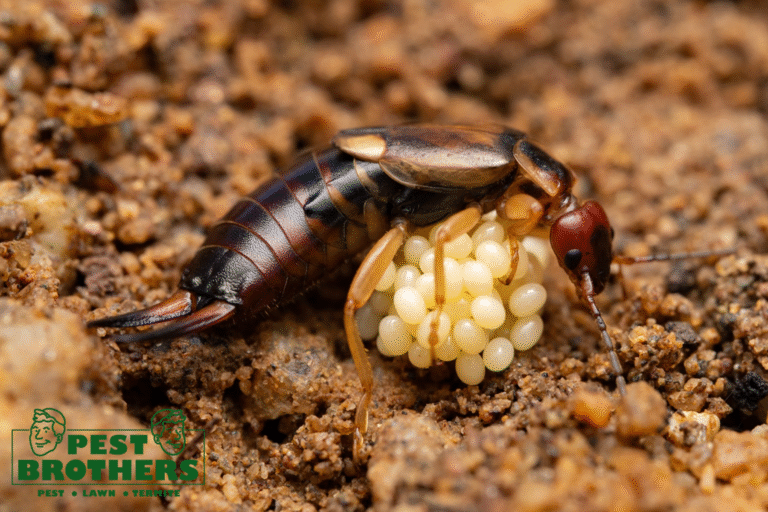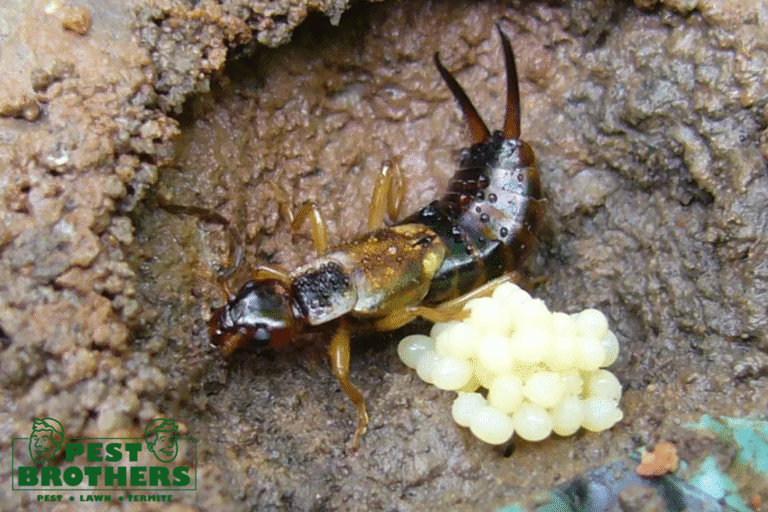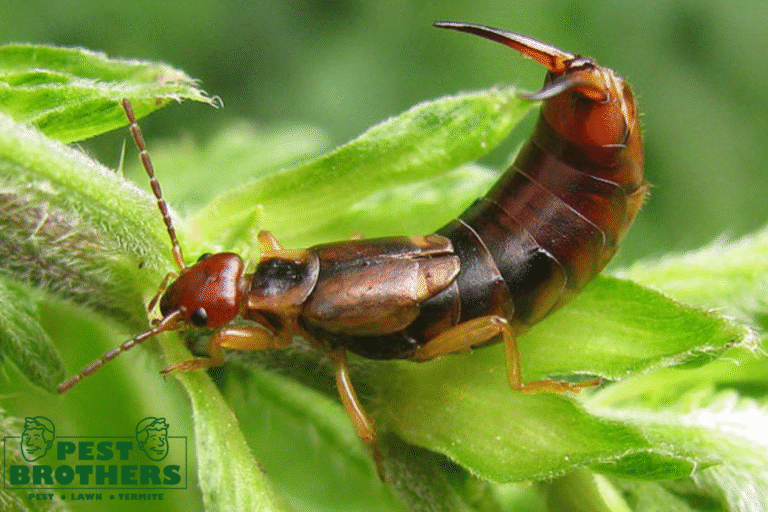Earwigs are often one of the more unsettling garden pests you’ll encounter. With their distinctive pincers and nocturnal behavior, it’s natural to wonder whether they’re a sign of a larger infestation or just a harmless visitor. In this article, we’ll examine whether earwigs are an indication of a bigger problem, how to identify them, and how you can deal with them effectively in your garden and home.
What Are Earwigs and Why Do You See Them?
Earwigs, also known as Forficula auricularia, are small, winged insects with distinct pincers at the rear of their bodies. These pincers, known as cerci, often give earwigs an ominous look, but they aren’t a sign of aggression. Despite their creepy appearance, earwigs are not dangerous to humans or pets. They primarily serve a role in the ecosystem by feeding on decaying plant material and smaller pests.
Earwigs are nocturnal, emerging at night to hunt for food. During the day, they hide in cool, moist places, such as under rocks, leaves, or mulch. They’re commonly found in gardens, especially in areas with excess moisture, where they can feed on decaying matter and small insects.
Do Earwigs Pose a Threat to Your Plants?
In most cases, earwigs are not a significant threat to healthy plants. They primarily feed on decaying organic matter, and they will occasionally nibble on young or weakened plants. However, earwigs rarely cause severe damage. If you spot earwigs munching on your plants, it may be a sign of another underlying issue such as plant stress or excess moisture in the soil.
While earwigs may occasionally chew on the edges of leaves, their overall impact on healthy vegetation is minimal. They are more likely to target decaying or damaged plants rather than thriving ones.
Are Earwigs a Sign of Infestation?
The presence of a few earwigs in your garden is typically not cause for concern. However, if you notice a large number of earwigs, or if they begin to invade your home, it could indicate a more significant pest issue. Here are some signs to look for:
1. Moisture Issues
Earwigs thrive in moist environments, so an overabundance of them can be a sign of excess moisture in your garden or home. Areas that are too damp or poorly ventilated provide the perfect habitat for earwigs. For example, mulch and piles of wet leaves are common earwig hiding spots.
If you have earwigs in large numbers, it might be worth checking the moisture levels around your plants or in your home. This will help identify any underlying moisture problems that could be attracting not only earwigs but also other pests.
2. Presence of Other Pests
Earwigs are natural predators of smaller pests, such as aphids and mites. If you find that earwigs are abundant in your garden, it may also be an indication of a larger pest problem. Earwigs can be considered beneficial insects in this context, as they help control the population of more harmful pests. However, if you see earwigs along with other garden pests, it may be time to step up your pest control efforts.
3. Damage to Plants
Although earwigs are not usually a significant threat to healthy plants, they may feed on young or weakened vegetation. If you notice holes or notched edges on your leaves, particularly on tender plants like seedlings or flowers, earwigs could be contributing to the damage. The damage caused by earwigs is often minimal, but if their numbers grow unchecked, they could affect the aesthetic appeal of your garden.
If you’re dealing with earwigs in large numbers and seeing damage to your plants, it could be a sign that you need to take action to control their population.
What Are Earwigs a Sign Of?
As mentioned earlier, earwigs are often associated with excess moisture and plant stress. However, they can also serve as a sign of a broader pest problem. If earwigs are abundant in your garden or home, it might indicate a need to address other issues, such as poor drainage, overwatering, or an overabundance of other pests that earwigs are preying on.
In general, earwigs are scavengers and prefer decaying organic material. Their presence often signals that there’s an abundance of decomposing matter nearby, which could indicate a buildup of organic waste that should be dealt with.
If you’re wondering “what are earwigs a sign of,” it’s important to keep in mind that their presence in your home or garden isn’t always a sign of a major infestation. Still, their appearance can often point to environmental factors that should be addressed to prevent other pest problems from arising.
Do Earwigs Really Go in Your Ears?
A common myth about earwigs is that they crawl into people’s ears while they sleep. While earwigs do have pincers, they do not seek out human ears. This misconception likely stems from the insect’s name, auricularia, which is derived from the Latin word for ear. In reality, earwigs are more interested in hiding in moist, sheltered spots like leaf piles or under rocks.
In rare cases, earwigs may wander into homes and get caught in dark, moist areas such as bathrooms or basements. However, the idea that earwigs actively seek out human ears is a myth. They do not pose a direct threat to humans and are not likely to cause harm. To learn more about this myth, check out do earwigs really go in your ears.
How to Get Rid of Earwigs
If you find that earwigs have become a nuisance in your garden or home, there are several ways to control their population:
1. Reduce Moisture
As earwigs thrive in moist environments, reducing excess moisture in your garden or home can help deter them. Make sure to water your plants in the morning rather than at night, and ensure proper drainage around your garden and home. Avoid overwatering plants and remove excess mulch or decaying organic matter, as these can provide perfect hiding spots for earwigs.
2. Set Traps
One effective way to control earwigs is by setting traps. You can create simple traps using rolled-up newspaper or cardboard. Place the traps in areas where earwigs are likely to congregate, such as near plants or under garden debris. In the morning, you can remove the earwigs from the traps and dispose of them.
3. Pest Control Services
If you’re dealing with a more serious infestation of earwigs or other pests, professional pest control may be necessary. A licensed pest control company can provide effective solutions to manage and eliminate earwig populations in your garden or home. If you’re looking for reliable earwigs control near me, consider reaching out to a local pest control expert who can assess the situation and provide a customized plan. For those in the Doral area, a Doral FL exterminator can offer targeted treatment plans to address your pest concerns.
Conclusion
While earwigs may appear unsettling, they aren’t usually a significant threat to your plants or home. In most cases, they are merely scavengers looking for food and shelter. However, an abundance of earwigs in your garden or home can be a sign of excess moisture or a larger pest problem. By taking proactive measures, such as reducing moisture levels and using traps, you can effectively control earwig populations and keep your garden healthy.
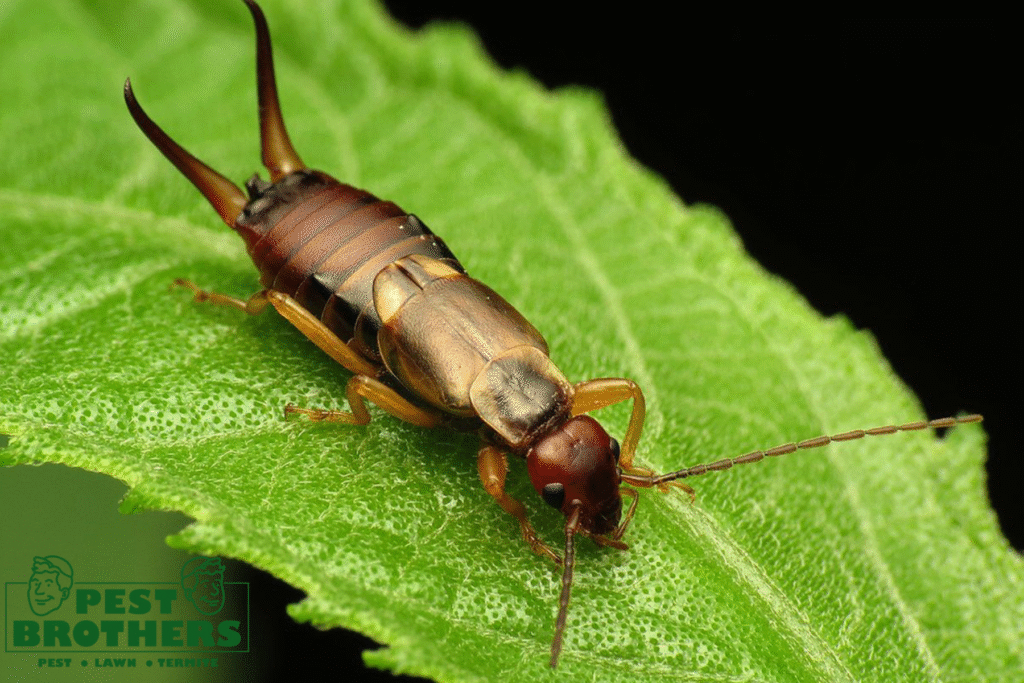
About Pest Brothers, Inc.
At Pest Brothers, Inc, we provide comprehensive Doral pest control, lawn, and termite services in Florida. Our licensed and insured team is dedicated to delivering reliable pest control solutions to keep your home and garden safe from pests. Whether you’re dealing with earwigs or other garden pests, we offer tailored services to address your specific needs. Visit Pest Brothers, Inc. to learn more about our services and how we can help protect your home. Serving Doral, FL, and surrounding areas, we are committed to providing high-quality customer service and effective pest management solutions.

